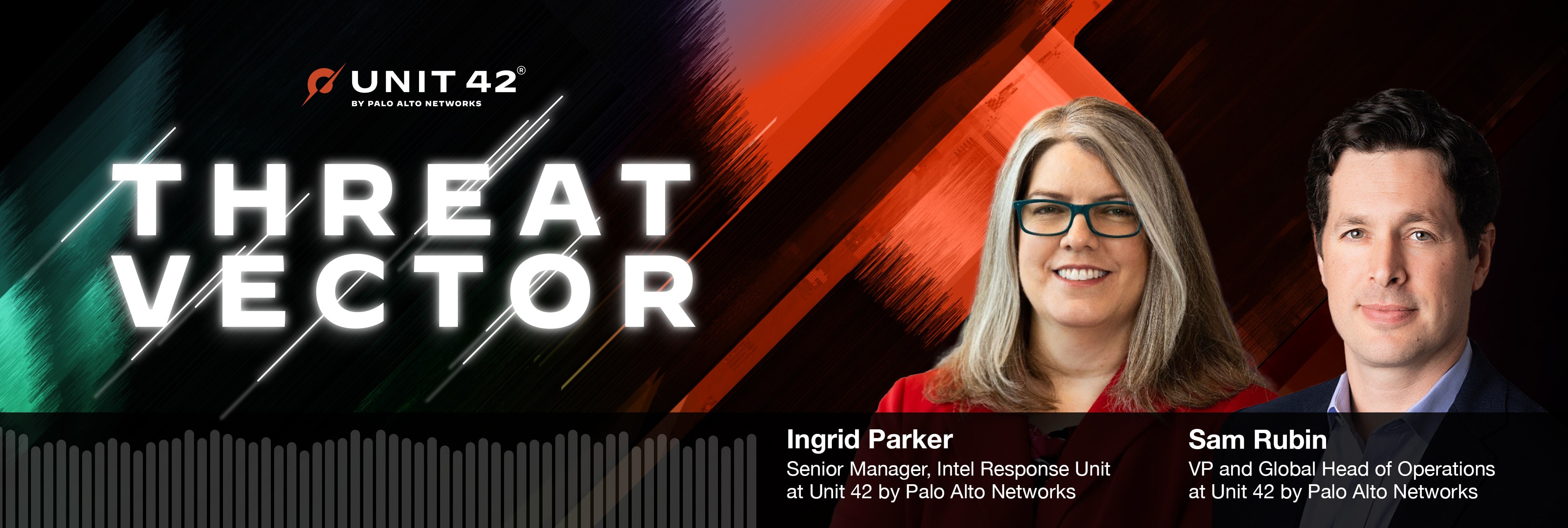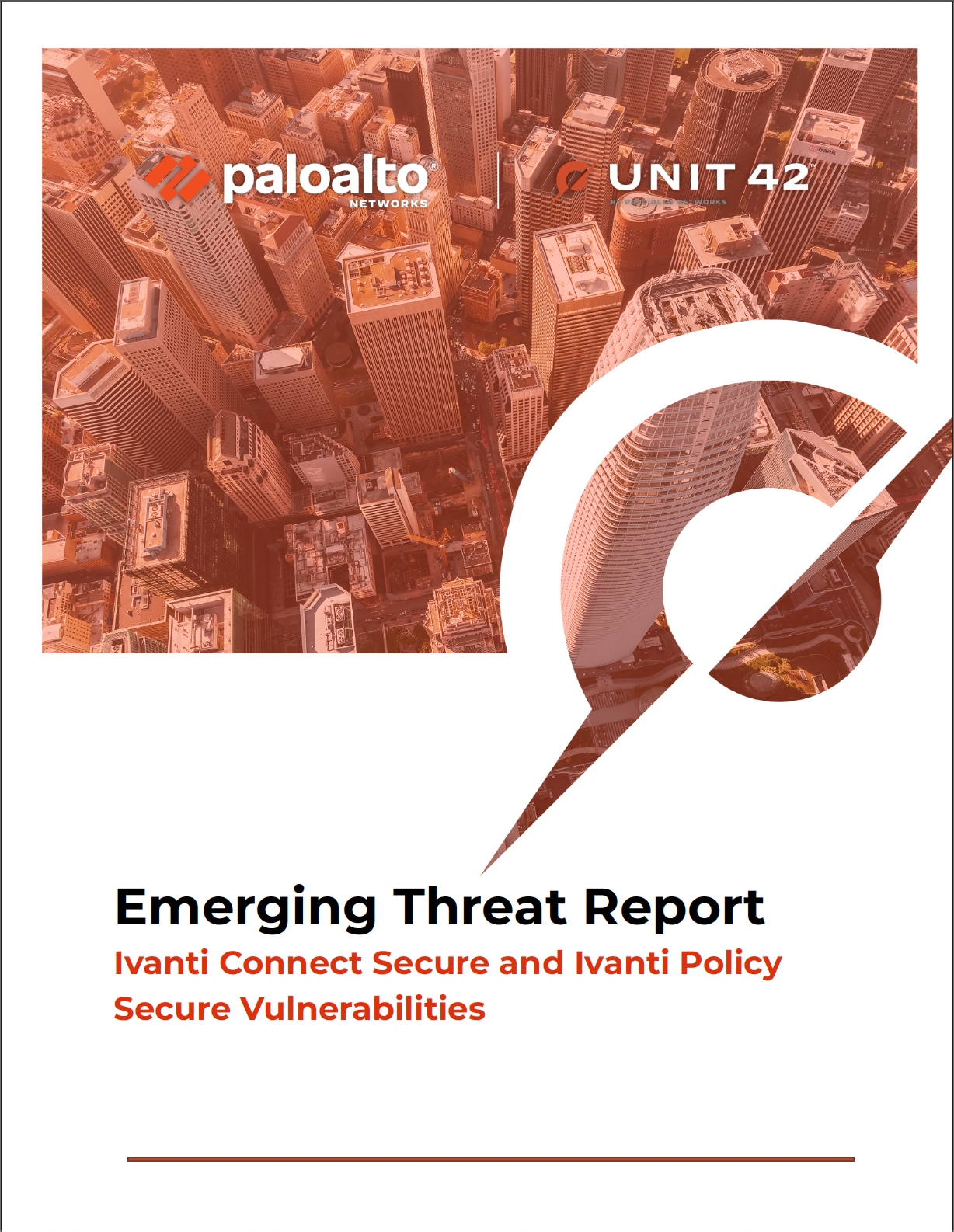-
What Is a VPN? A Complete Guide to Virtual Private Networks
- What is the difference between personal and business VPNs?
- How does a VPN work?
- What does a VPN hide?
- What are VPNs used for?
- How secure are VPNs?
- Why do you need a VPN?
- What are the primary features of a VPN?
- What are the benefits of a VPN?
- What are the different types of VPNs?
- What are the different types of VPN protocols?
- What are the alternatives to a VPN for secure remote access?
- How to set up a VPN step-by-step
- How to choose the right VPN for your needs
- Comparing VPNs with other security technologies
- What is the history of VPNs?
- VPN FAQs
-
Secure Remote Access | Protect Remote Employees from Cyberthreats
- SSL VPN vs. IPSec: What Are the Differences?
- IPsec vs. OpenVPN: What Are the Differences?
- How to Set Up a Virtual Private Network (VPN)?
- How Does a VPN Work?
-
What Is the History of VPN?
- 1960s–1970s: The Dawn of ARPANET and the Need for Connectivity Across Different Networks
- 1980s: TCP/IP and the Public's Introduction to the Internet
- 1990s: The Rise of the Web and Emergence of Early VPN Technologies
- 2000s: VPNs Evolve Alongside Cybersecurity Challenges
- 2010s: A Decade of Digital Transformation
- 2019–Present: The Response to Remote Work and Limitations of VPNs
- VPN History FAQs
- What Is a Cloud VPN?
-
Replacing Legacy VPN and NAC Solutions with a Next-Generation Network Security Client for Endpoints
- SoftEther vs. OpenVPN: What Are the Differences?
- What Are the Different Types of VPN?
- What Are the Different Types of VPN Protocols?
- VPN Alternatives for Remote Access
- What Are the Benefits of a VPN (Virtual Private Network)?
- VPN Security: Are VPNs Safe and Secure?
- VPC vs. VPN vs. VPS: What Are the Differences?
- What Is a Business VPN? Understand Its Uses and Limitations
- What is a Data Center?
- What Is a Double VPN?
- What Is a Remote Access VPN?
- What Is a Site-to-Site VPN?
-
What Is a VPN Concentrator?
- How Does a VPN Concentrator Work?
- Why Use a VPN Concentrator?
- VPN Concentrator Benefits
- VPN Concentrator Disadvantages
- VPN Concentrator Encryption Protocol Types
- VPN Concentrator vs. VPN Router
- VPN Concentrator vs. Site-to-Site VPN
- VPN Concentrator vs. IPsec Encryption
- VPN Concentrator vs. VPN Client
- VPN Concentrator FAQs
- What Is a VPN Gateway?
- What Is a VPN Tunnel?
- What Is an SSL VPN?
- What Is IKE (Internet Key Exchange)? | IKE Meaning
- What Is IKEv2 (Internet Key Exchange version 2)?
- What Is IPsec?
- What Is L2TP (Layer 2 Tunnel Protocol)?
- What Is Network Segmentation?
- What Is OpenVPN?
- What Is PPTP (Point-to-Point Tunneling Protocol)?
- What is Quality of Service?
- What is Remote Access?
-
What Is SoftEther (Software Ethernet)?
- How Does the SoftEther VPN Protocol Work?
- What Is a SoftEther VPN?
- SoftEther VPN Architecture
- How Secure Is the SoftEther VPN Protocol?
- Pros and Cons of SoftEther
- How to Use SoftEther VPN
- Comparing SoftEther with Other Protocols
- The History of SoftEther
- Does SoftEther Work In Enterprise Environments?
- SoftEther FAQs
- What Is SSTP (Secure Socket Tunneling Protocol)?
- What Is WireGuard?
- WireGuard vs. OpenVPN | What Are the Differences?
Ivanti VPN Vulnerability: Mitigation Strategies, Incident Response, and Defense
Chinese state-sponsored hackers have targeted recently announced vulnerabilities in Ivanti VPN products, Ivanti Connect Secure (formerly Pulse Secure) and Ivanti Policy Secure gateways. These vulnerabilities are reported as CVE-2023-46805, CVE-2024-21887, CVE-2024-21888 and CVE-2024-21893.
When used together, these vulnerabilities may allow unauthorized authentication bypass and remote command execution. Ivanti has released patches for these vulnerabilities for the most used versions of their products, but the company has not yet released patches for all vulnerable versions of its products. This leads to a heightened risk of privilege escalation and server-side request forgery for those who are not yet able to apply a patch.
Ivanti Security Measures and Recommendations
Unit 42® advises immediate patch application for these vulnerabilities as it’s made available and a proactive stance on system resets before patching to ensure environmental integrity. In response to the newly discovered vulnerabilities, we echo CISA's recommendation for network disconnection of compromised solutions and stress the importance of applying available or forthcoming patches diligently.
In the latest segment of the Threat Vector podcast, Unit 42 cybersecurity experts Sam Rubin, VP and Global Head of Operations, and Ingrid Parker, Senior Manager of the Intel Response Unit, dive deep into the critical vulnerabilities found in Ivanti’s Connect Secure and Policy Security Products. They explore the vulnerabilities’ potential impact, the urgency of mitigation, and strategies for defense.
Unit 42 Incident Response Cases
The exploitation campaigns of the CVE-2023-46805 and CVE-2024-21887 Ivanti vulnerabilities occurred in three distinct waves.
The first wave lasted from at least the second week of December 2023 to Jan. 10, 2024, when Volexity published their first blog post on the matter. The attacks in this campaign were targeted and featured multiple custom web shells and lateral movement. Unit 42 responded to threat activity that likely corresponded to this wave of campaigns.
Similar to the activity discussed in Volexity’s blog post, we observed the threat actor performing the following activities:
- Archiving files including NTDS.dit using 7-Zip before exfiltration
- Creating a memory dump of the LSASS process using Windows Task Manager (Taskmgr.exe)
- Moving laterally via remote desktop protocol (RDP)
- Deleting logs
The second wave began after Volexity’s first blog post on Jan. 10, 2024. This wave was marked by a shift from targeted attacks to mass exploitation by additional threat actors.
Unit 42 responded to cases of threat activity that likely corresponded to this wave of campaigns. The threat activity was consistent across these cases.
The threat actor dumped configuration data containing schema, settings, names and credentials of the various users and accounts within the network, but did not perform any lateral movements like the incidents that occurred in the first wave.
Unit 42 believes that the threat actors behind this activity might have shifted focus to wider exploitation to maximize impact before organizations could begin patching and applying mitigation guidance.
The third wave began as early as Jan. 16, 2024, when proof-of-concept (PoC) exploits became publicly available. The release of these exploits lead to mass exploitation by a range of actors with various motivations and degrees of sophistication, including criminal entities widely deploying cryptominers and various remote monitoring and management (RMM) software.
Unit 42 has responded to threat activity that likely corresponded to this wave, from a threat actor using a publicly available PoC exploit. We are currently supporting our clients investigating those incidents.
Comprehensive Ivanati Defense Strategies
The discovery of these vulnerabilities underscores the need for vigilant security measures and rapid response capabilities. This has highlighted critical security vulnerabilities within widely used virtual private network (VPN) technologies exploited by sophisticated threat actors. These vulnerabilities allow unauthorized access and control, posing significant risks to organizational networks.
The following strategies are critical for maintaining a strong security posture against evolving cyberthreats, ensuring the protection of sensitive information and critical infrastructure:
- Inventory your assets: Catalog all network devices, systems and software.
- Choose the right tools: Utilize vulnerability scanning tools that best fit your IT environment's complexity and scale.
- Scan for vulnerabilities: Regularly run scans to identify security weaknesses in your systems.
- Analyze the results: Carefully review scan results to prioritize vulnerabilities based on their severity and potential impact.
- Remediate and patch: Apply necessary patches or workarounds to mitigate identified vulnerabilities.
- Repeat and review: Monitor and reassess your security posture to adapt to new threats.
Be sure to check our advanced Ivanti Emerging Threat Report:
Adopting a Comprehensive Cybersecurity Strategy
Taking significant measures to protect your network from potential cyberthreats is essential. Some methods to safeguard your network include hiding applications and VPNs from public internet visibility to shield them from attackers. You should also thoroughly inspect all inbound and outbound traffic to neutralize threats such as malware and zero-day exploits.
Applying the principle of least privilege across your network is another vital step. This ensures that users can only access resources necessary for their roles. You should also strengthen access controls by using robust multifactor authentication to verify user identities effectively.
Connecting users directly to applications rather than the broader network is also recommended. This minimizes potential damage from security incidents. Utilizing continuous monitoring is also essential to identify and mitigate threats posed by compromised insiders or external actors.
To protect sensitive data, diligent monitoring and encryption should be applied both in transit and at rest. Employing deception technologies and proactive threat hunting can help identify and neutralize threats before they can cause harm.
Fostering a culture of security awareness within your organization can also defend against common vectors like phishing. Regularly evaluating your security measures through assessments and simulations can help identify and address vulnerabilities.
Palo Alto Networks Zero Trust Approach
In response to these threats, Palo Alto Networks emphasizes the criticality of a Zero Trust architecture, providing secure, segmented access to applications without exposing them to direct internet threats. Our solutions, including advanced threat prevention and segmentation policies, are designed to minimize the attack surface, prevent unauthorized access, and detect and respond to threats in real-time.

